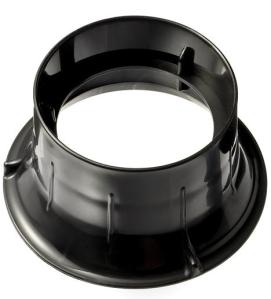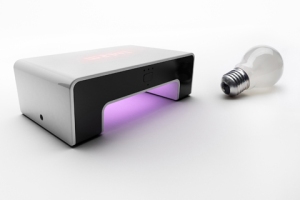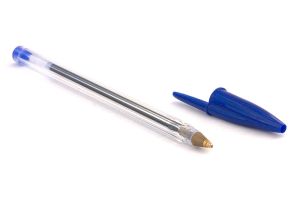
I spent a few hours this weekend painting part of my kitchen. Historically I have had a love hate relationship with decorating using a roller.
The system is an incredibly quick and efficient way of getting paint onto a flat surface, whether it be a wall or ceiling. I certainly don’t recommend using anything else for a ceiling, having had paint dripped in my eye whilst using a brush in the past.
However, the advantages of the roller based approach come crashing down when it comes to cleaning up at the end of the job. In theory you can dismantle the roller and just rinse it under a cold tap. In practice you get paint all over yourself and spend tens of minutes desperately trying to get the roller clean of paint. Eventually you give up and leave it somewhere warm to dry. The next day you discover the roller is rock hard from residual paint and has to be thrown away. Sometimes you can’t even keep the roller usable between coats of paint.
But now thanks to an incredibly simple invention I can clean and re-use my rollers to my hearts content. I need to thank Ed Adamson (the inventor) and the Harris paint brush company for making roller painting an almost completely pain-free experience. Apart of course from those times when one leans against a still wet wall.

Although I am straying into my colleague Steve Van Dulken’s territory here with his Patent Search Blog, I couldn’t resist looking up the patent application for the invention on esp@cnet (the European Patent Office) and found WO2008077469 (A1) A ROLLER SLEEVE CLEANER.
However I also came across lots of other weird and wonderful variations, some of which I have included below.




 No, it’s not some magic piece of mobile communication technology, instead it’s a free little widget downloaded from the
No, it’s not some magic piece of mobile communication technology, instead it’s a free little widget downloaded from the 













